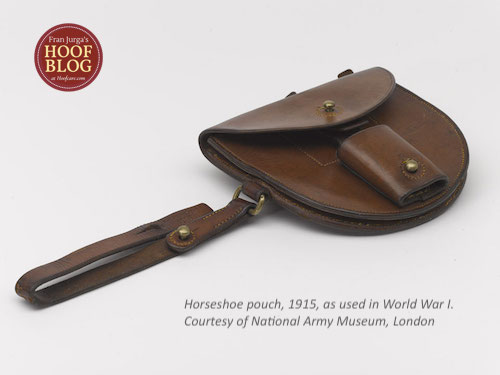Every Memorial Day, I resolve to put together all my scraps of research and tally up some statistics on fallen farriers--the ones who were killed in action in US wars. I guess we all have to start somewhere, so today's fragmented salute may be the start of something much more worthwhile, one of these years.
In the meantime, this is a personal salute to some fascinating farriers who suffered tragic deaths. I met them in the small print of dusty old books and quirky Internet databases. Their names should be known and their stories should be told. Let's get started, and add to it.
This article is by no means complete. Do you have more information? A snapshot of a gravestone? Please send any additional information you may have about farriers who died in wars, whether from disease or in action or as collateral damage.
This article is by no means complete. Do you have more information? A snapshot of a gravestone? Please send any additional information you may have about farriers who died in wars, whether from disease or in action or as collateral damage.






















